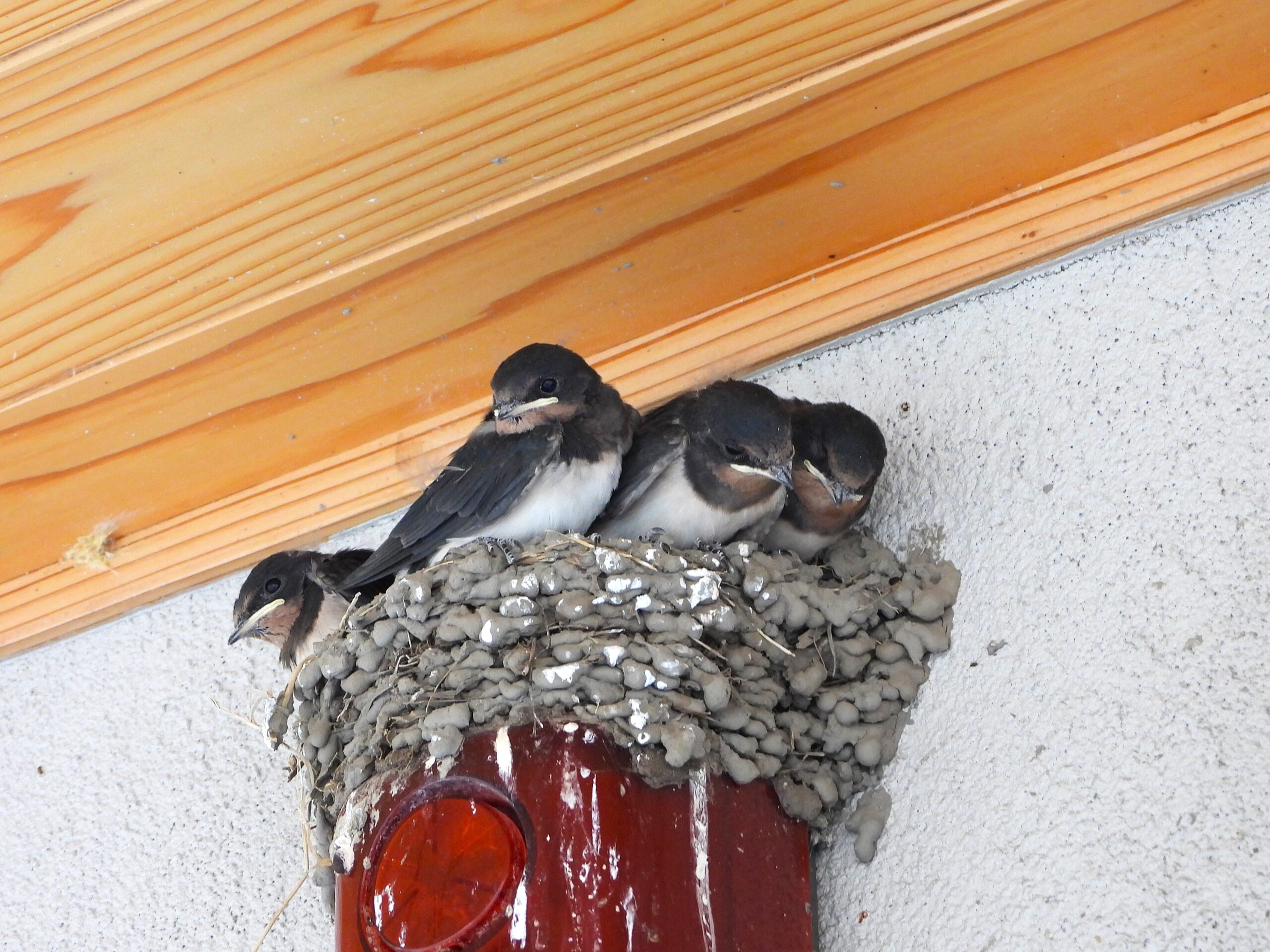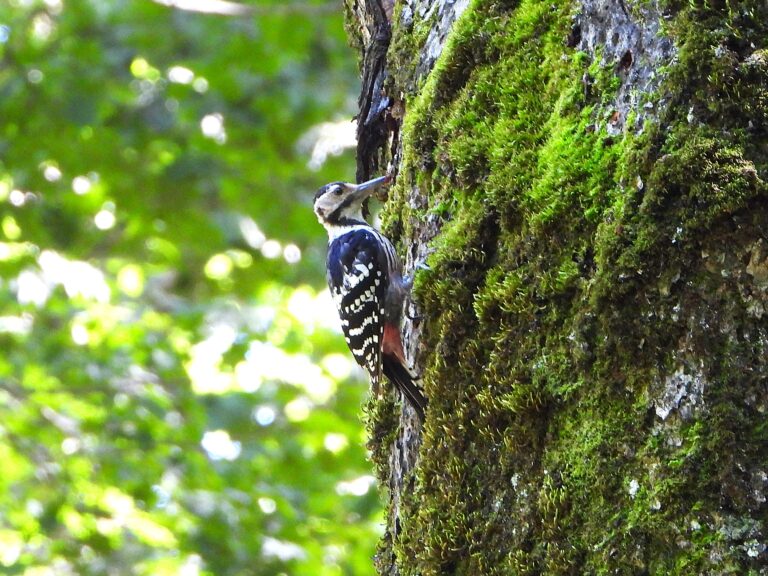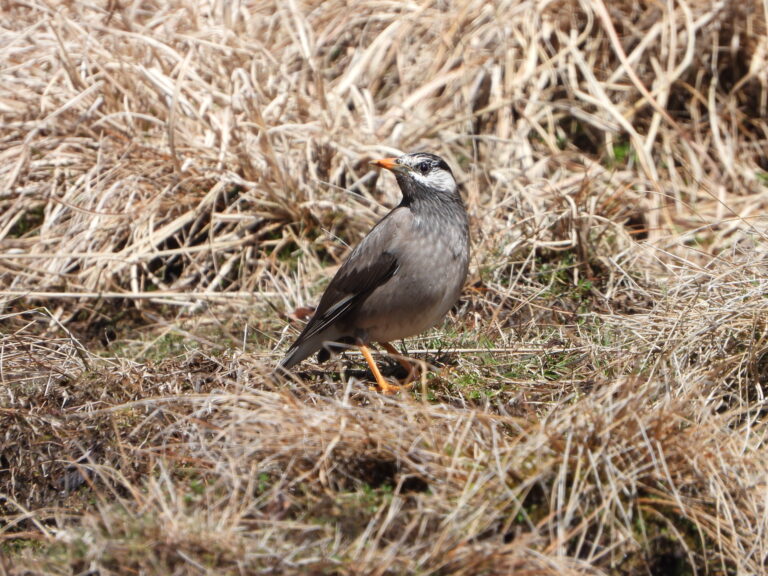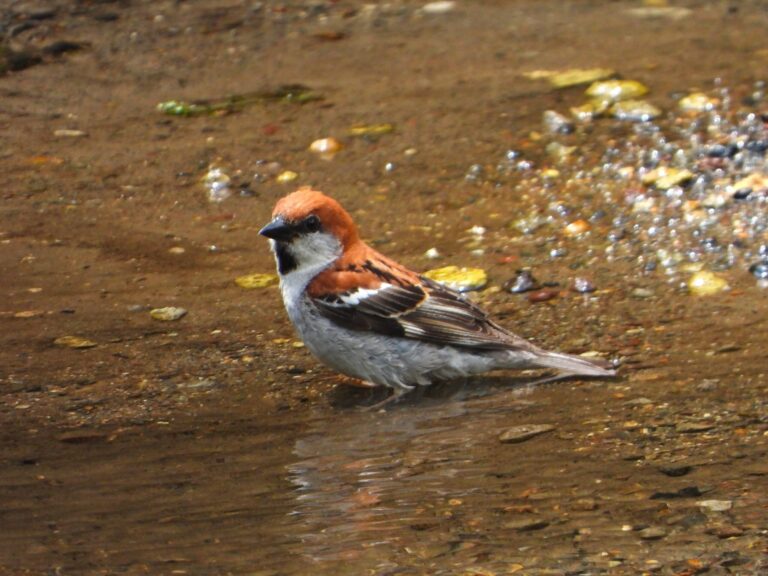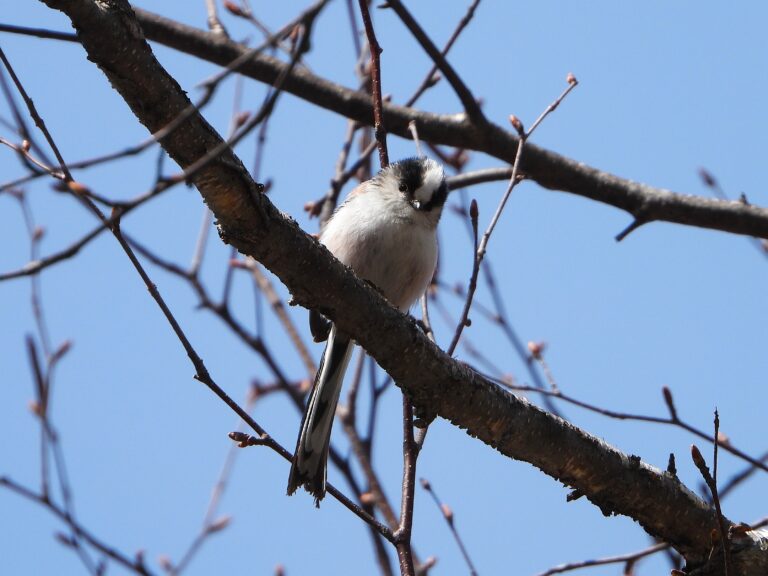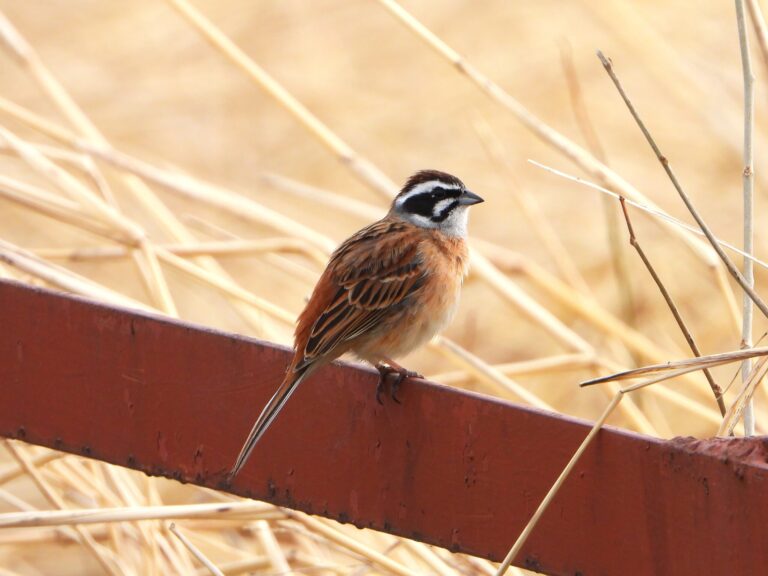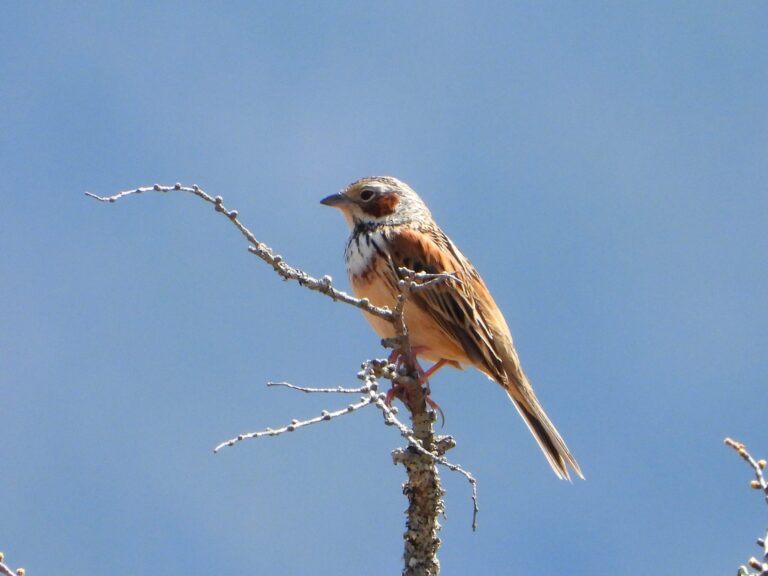Barn Swallow (Hirundo rustica) – Wildlife of Japan
Introduction
The Barn Swallow is one of Japan’s most familiar birds. It arrives in spring and stays until autumn. Agile and fast, it thrives close to people. In Japan, the subspecies H. r. gutturalis breeds here. It winters in tropical Asia and returns each spring to nest under eaves, bridges, and other man-made spots.
Appearance
This swallow has glossy steel-blue upperparts and a rufous forehead and throat. A dark breast band may be narrow or broken. The underparts are pale pinkish buff to white. Its tail is deeply forked with long streamers. Juveniles look duller and have shorter tails.
Habitat
Barn Swallows prefer open areas near people. They nest in towns, villages, farms, rice fields, and along rivers. Mud nests are attached under roofs, signs, and bridges. Before migration, large flocks gather over wetlands. At night, they roost in reedbeds.
Where to see in Japan
They are common across lowlands, suburbs, and farmland during spring and summer. Look for them flying low over fields and water, or perched on roadside and utility wires. In rural areas, many nests appear on public buildings, shops, and farm facilities. These birds live closely with people.
Behavior
Barn Swallows catch insects while flying. They sweep over fields, paddies, rivers, and ponds. Social and vocal, they often rest in groups on wires near nests.
Their flight is also tied to weather. When rain approaches, insects stay closer to the ground. Swallows follow them, flying low. This is why people say, “When swallows fly low, rain is coming.”
Diet
They feed almost entirely on aerial insects. Flies, midges, beetles, and other small arthropods make up most of the diet. Farmers value them as natural pest control.
Reproduction
Pairs build half-cup nests from mud and straw. They line the inside with soft materials. Each clutch has 3–7 eggs. In Japan, many pairs raise two broods in one season. Incubation takes about two weeks. Chicks leave the nest 2–3 weeks later.
Conservation
The IUCN lists the Barn Swallow as Least Concern. Still, surveys show declines in parts of Europe and Asia. The main causes are farming changes and loss of insect prey. In Japan, nationwide monitoring also records a downward trend. Protecting nest sites and maintaining insect-rich habitats help their survival. Reduced pesticide use and healthy wetlands and paddies are vital.
Author’s Impression
For me, Barn Swallows mark the arrival of spring. I often see them darting over rice fields at dusk. When I discover a nest under an eave, I keep my distance. With a long lens, I can watch quietly while the parents feed their chicks without stress.

